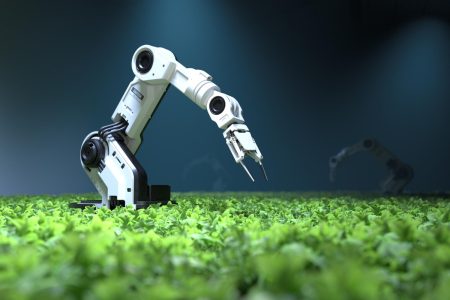
As the world faces growing environmental challenges, the need for innovative solutions to promote sustainability has never been more important. In this context, artificial intelligence (AI) can be a valuable tool in our efforts to understand and address complex environmental issues. It will enable us to harness vast amounts of data and make breakthrough advances in areas like healthcare, agriculture, education, and transportation.
What is Sustainability?
Sustainability is a broad term that describes the process of meeting the needs of the present population without compromising the ability of future generations to meet their own needs. It involves balancing economic, social, and environmental considerations to improve our societies and create a better future in all aspects.
It is essential, as climate change and environmental destruction is compromising our societies´ ability to provide the goods and services that we depend on. Now, more than ever is important that we work on solutions to address the complex issues that our lives depend on.
The case in favor of AI
Rapid advances in AI have allowed it to become a driving factor in many aspects of our economies and societies in just a few years. It already dominates emerging technologies like big data, robotics, IoT and generative AI. According to a 2022 IBM report, one third of the world´s companies are already using AI in to automate their IT processes. Additionally, 44% of world´s companies are looking to invest a lot of money in AI research and development to integrate it into their activities. It is clear that AI is and will continue to drive progress in the near future and the issue of sustainability is no exception.

While limited work has been done on the matter, a new report co-authored by both Microsoft and PwC argues that AI technology will become essential to enable real and effective changes in the sustainability agenda. According to the report, Ai will be able to be incorporated in the following areas of work:
- New forecasting models: Using AI we might be able to capture, process and analyze complex data to develop new predictive models in different fields of study, such as climate patterns, air and water pollution. These new forecasting models could potentially yield faster and more accurate results than traditional models
- Environmental monitoring: AI can be used to monitor different environmental factors for its later use in both studies and detection systems. For example, it could help in the identification of endangered species, monitor air and water quality, detect pollution, and identify areas that need conservation efforts. In fact, this concept is already being implemented in Germany, where round 400 early fire detection sensors have been installed in the Eberswalde forest in Brandenburg to warn fire authorities if a fire starts. These sensors have been trained using AI to detect different types of smoke and essentially sniff out the smell of a nascent wildfire.
- Energy optimization: With advanced integration of AI in network and energy systems, AI could be implemented to manage energy generation, storage and forecasting at for municipalities, as well as industrial and commercial facilities in order to maximize energy efficiency. This, coupled with energy storage systems could facilitate the creation of smart cities and and circular economies that make efficient use of electricity.
- Sustainable transportation: Electric and autonomous vehicles, guided by AI, can reduce carbon emissions and improve traffic efficiency. AI systems can optimize traffic flow, reduce congestion, and enhance road safety.
Even if current efforts to expand AI implementation on sustainability concerns are limited, there is an enormous potential for innovation and the discovery of new opportunities as we continue to develop new and better AI technology. Some efforts are already bearing fruits, as we have mentioned above.
This could translate in economic and environmental benefits that would get us closer to meeting the goals established in the 2030 Agenda sooner than expected. According to the Microsoft and PwC report, the adoption of AI in the areas of agriculture, energy, transport and water management could contribute up to $5.2 trillion USD to the global economy and emissions by up to 4.0% by 2030.
Companies and nations that embrace AI and incorporate it in their economies are set to gain most from the upcoming changes and opportunities. However, current benefit estimation are bound by the ability of experts, government officials and companies to develop the necessary digital infrastructure and use it accordingly.
The challenge of integrating AI

The most essential element necessary for this to work is is to have all the necessary passive equipment connected. To do anything with AI, we need to have a lot of data from all the necessary locations. This presents a challenge as you need IP connectivity and easy to access to power all your sensors, cameras and other devices operating 24/7. After all, some studies show that training a single AI model training can emit carbon dioxide equivalent to the lifetime of five cars.
Furthermore, we also need to consider the non-technical aspects of integrating AI: people, processes, and privacy policies that need to be implemented to protect privacy. Sensitive environmental and social data, if mishandled, can compromise individual privacy and perpetuate inequalities. This can happen if and when cybersecurity vulnerabilities from the information system are exploited by hackers.
Therefore, increased cybersecurity threats are a potential consequence of developing sustainability solutions integrated with AI.
AI can prove to be an invaluable tool for decision makers to address the climate crisis. However, it will only be able to supply a fraction of its value if we don´t work around its current limitations and the inherent risks of implementing this technology. AI can´t be the end-all be-all to all our climate needs and it needs to be complemented with solid coordinated efforts from other technologies.
We are living in exciting times. The possibilities for solving climate change seem endless, and we need to take them now.



